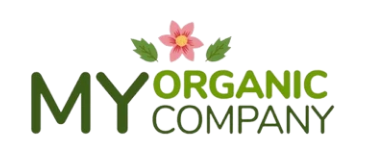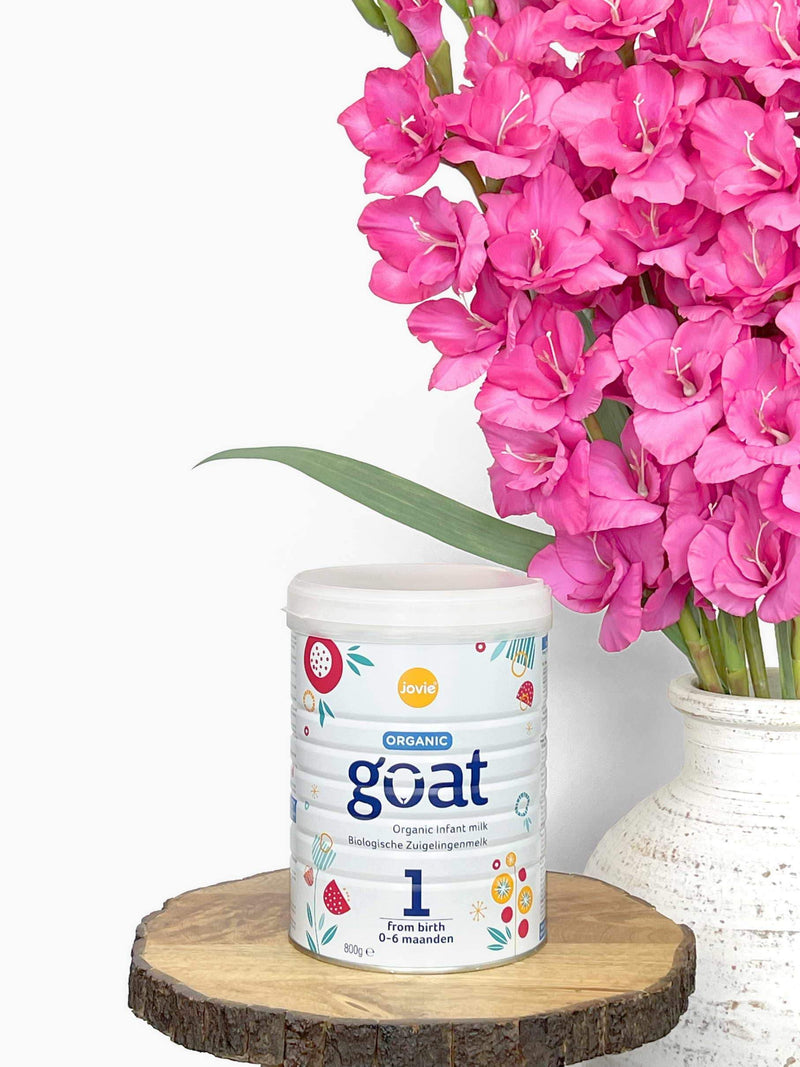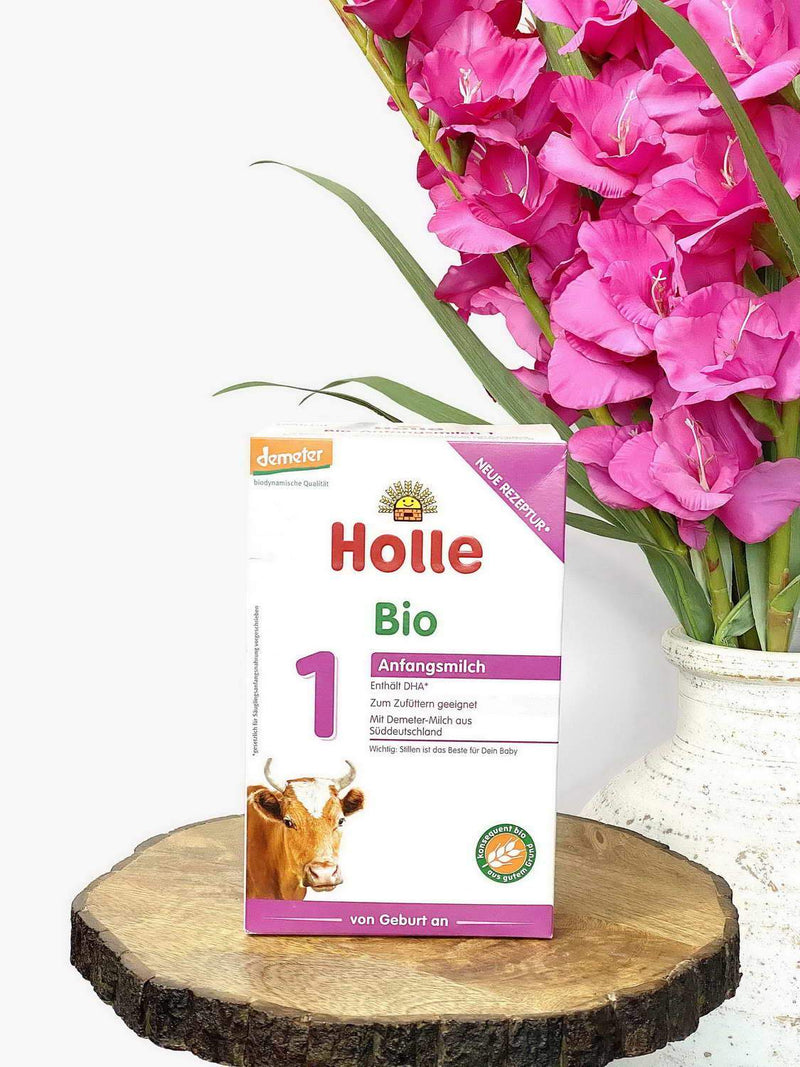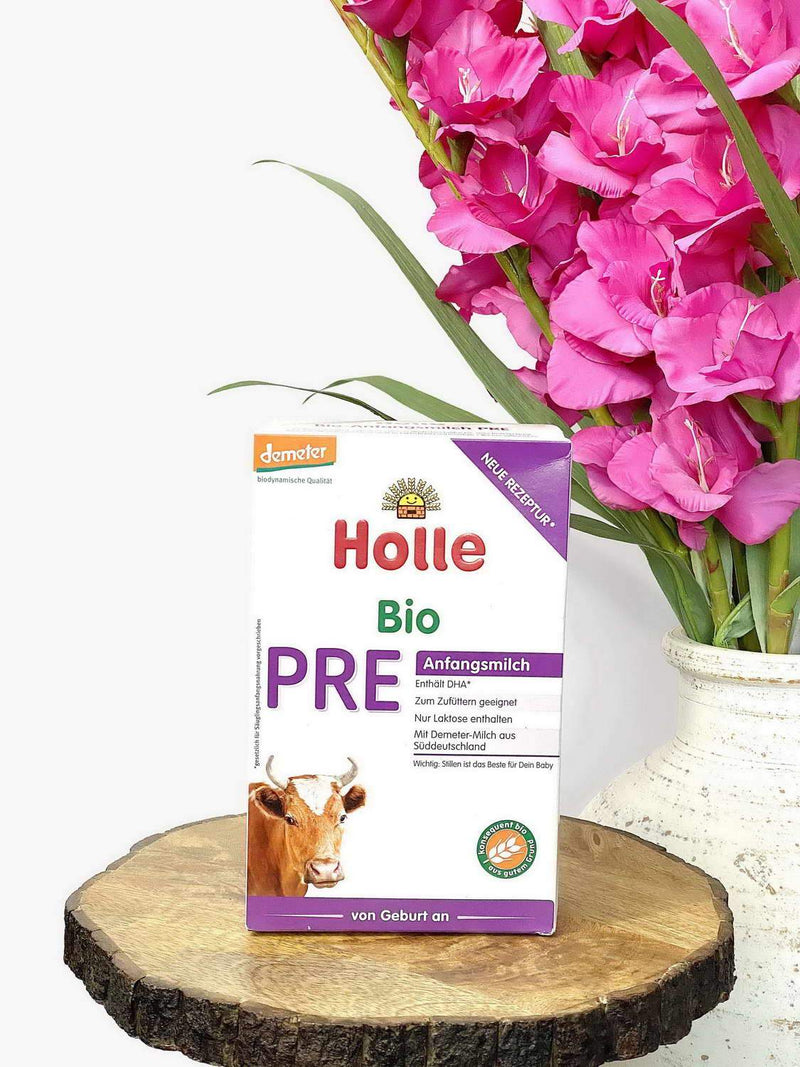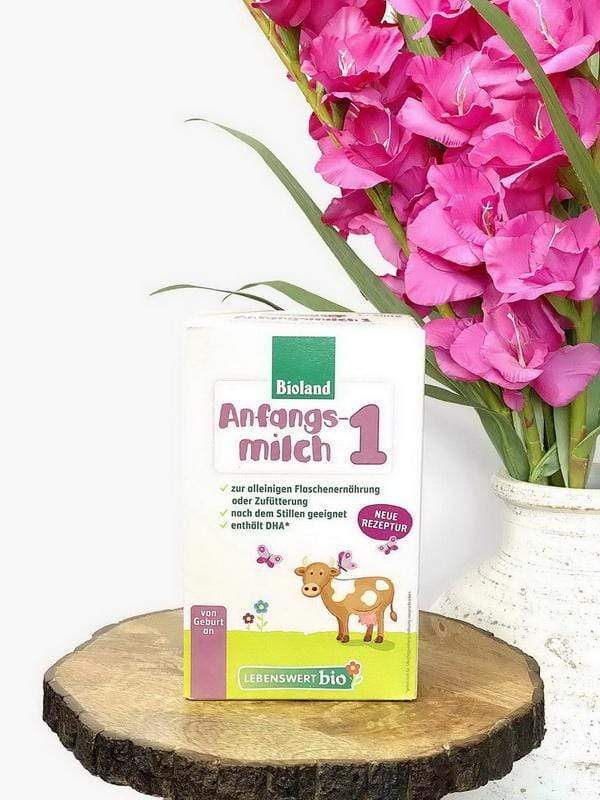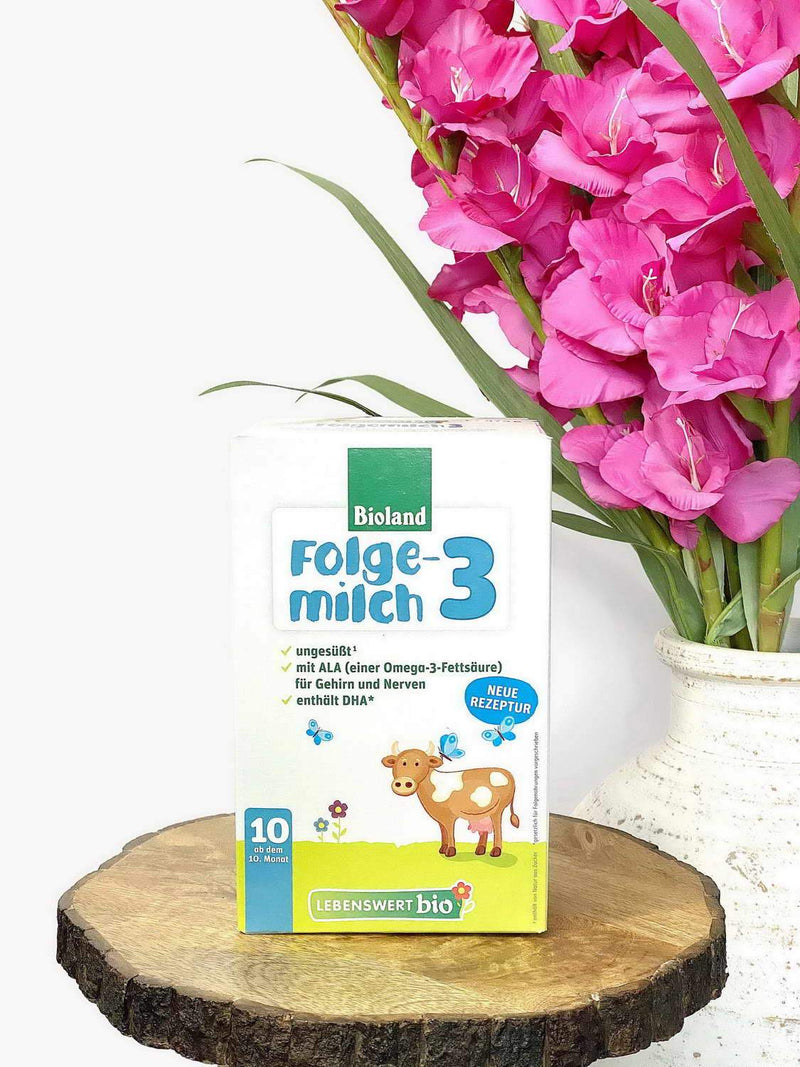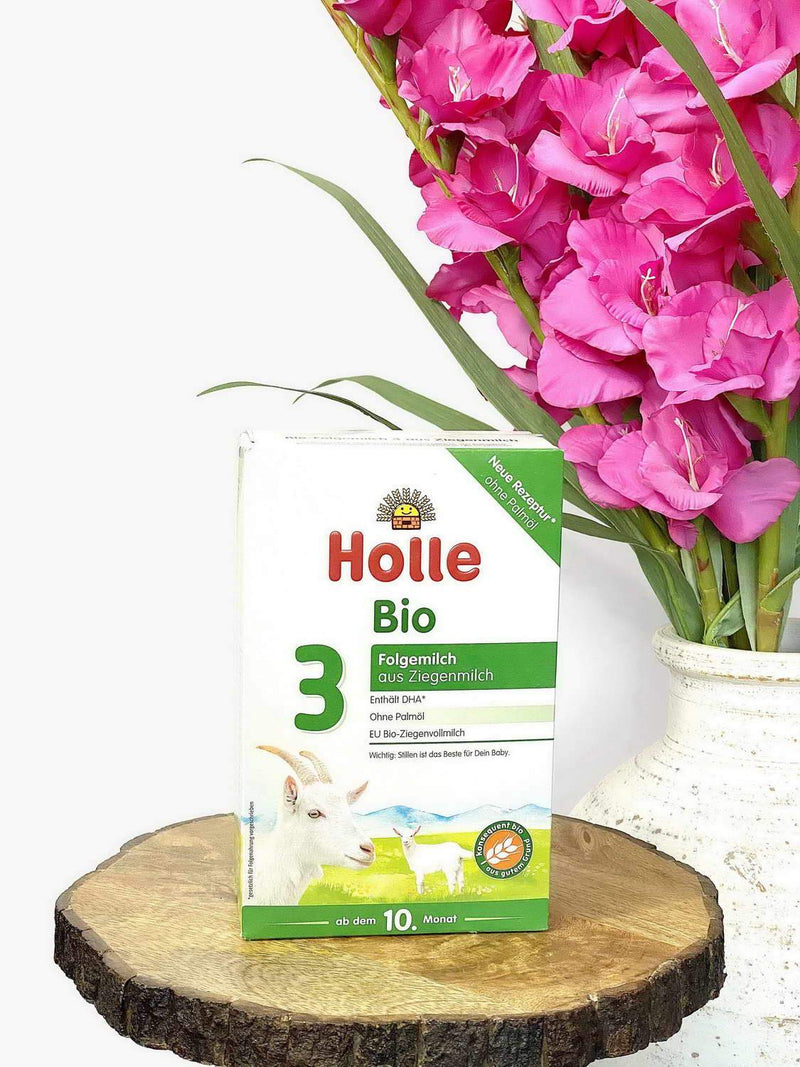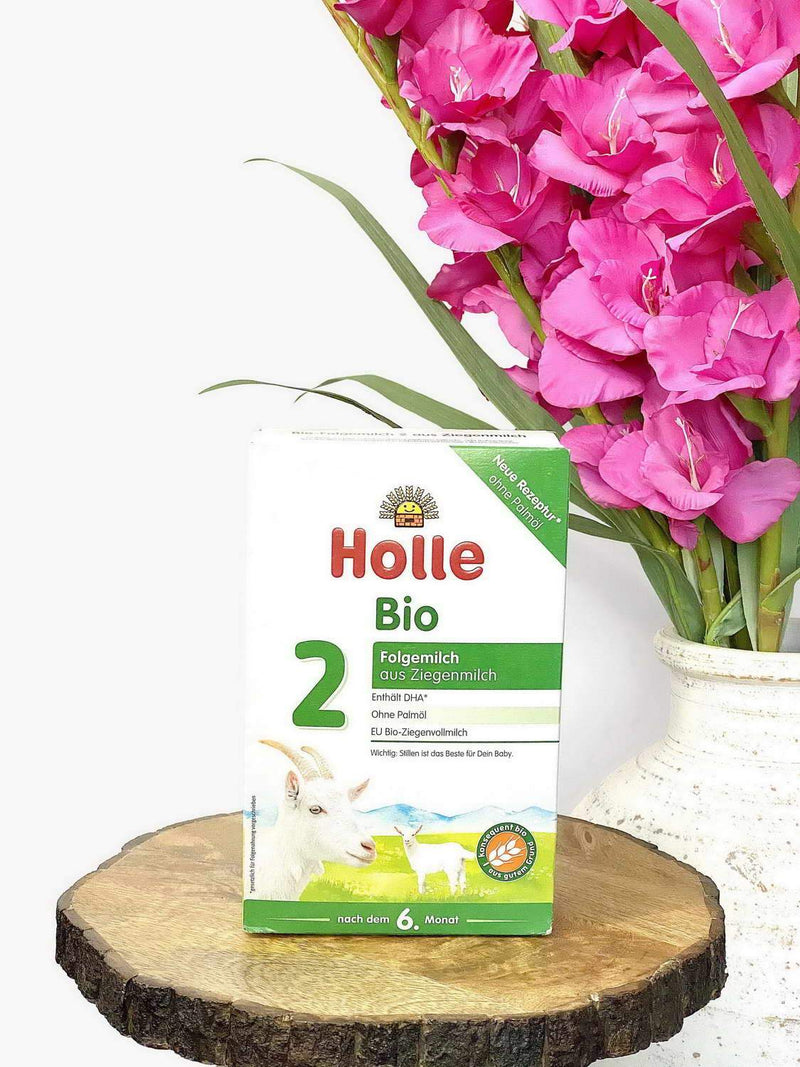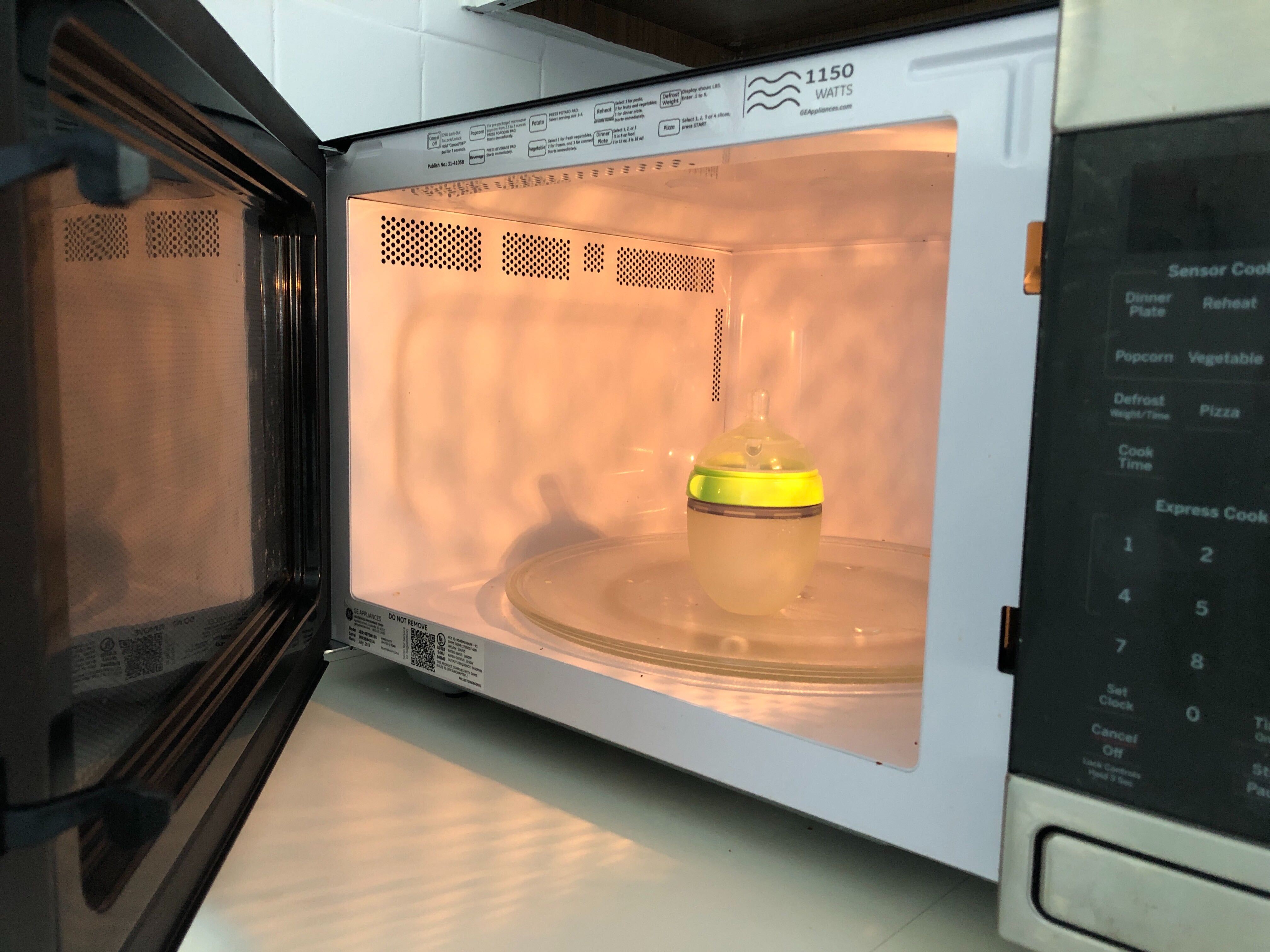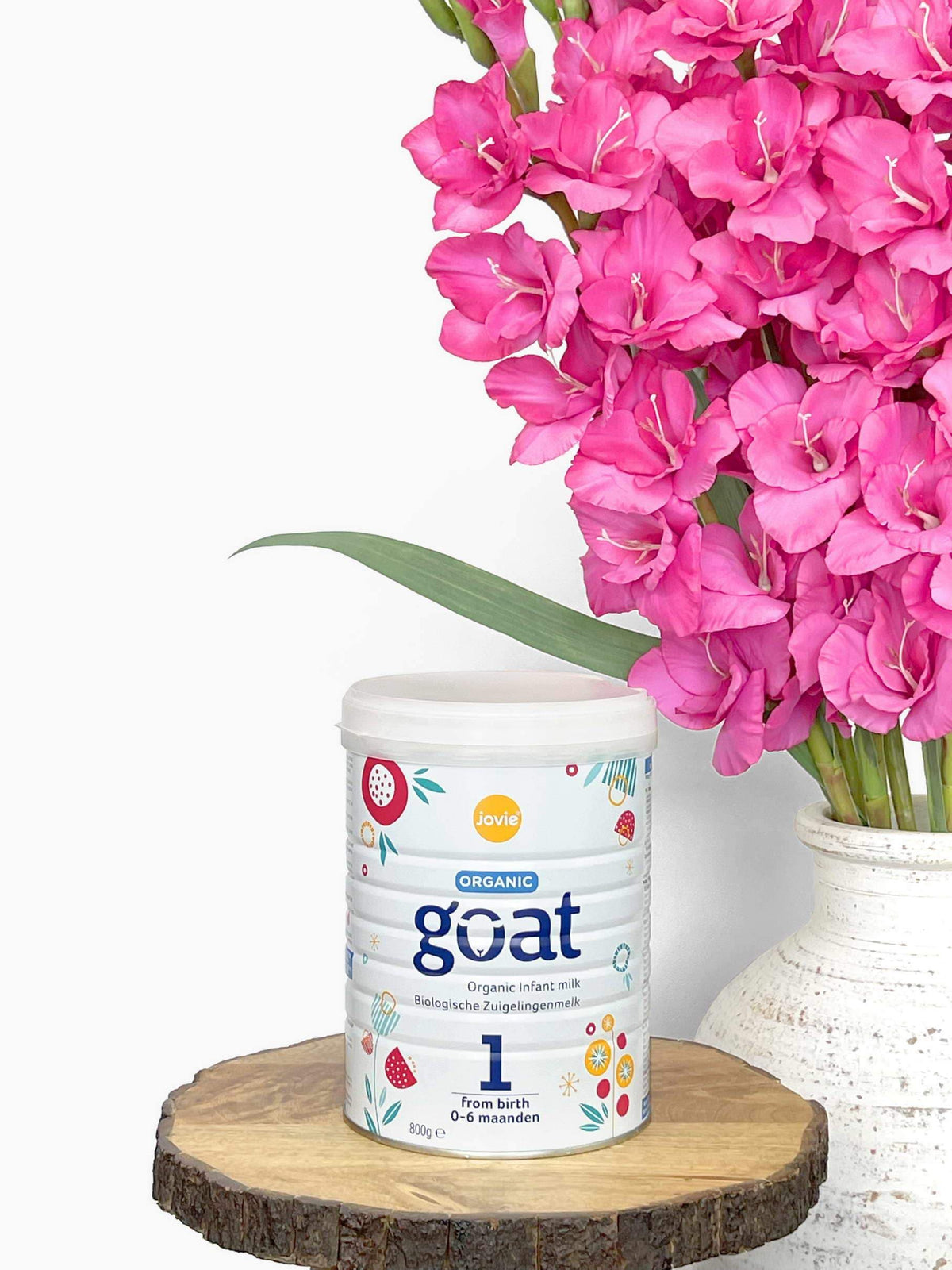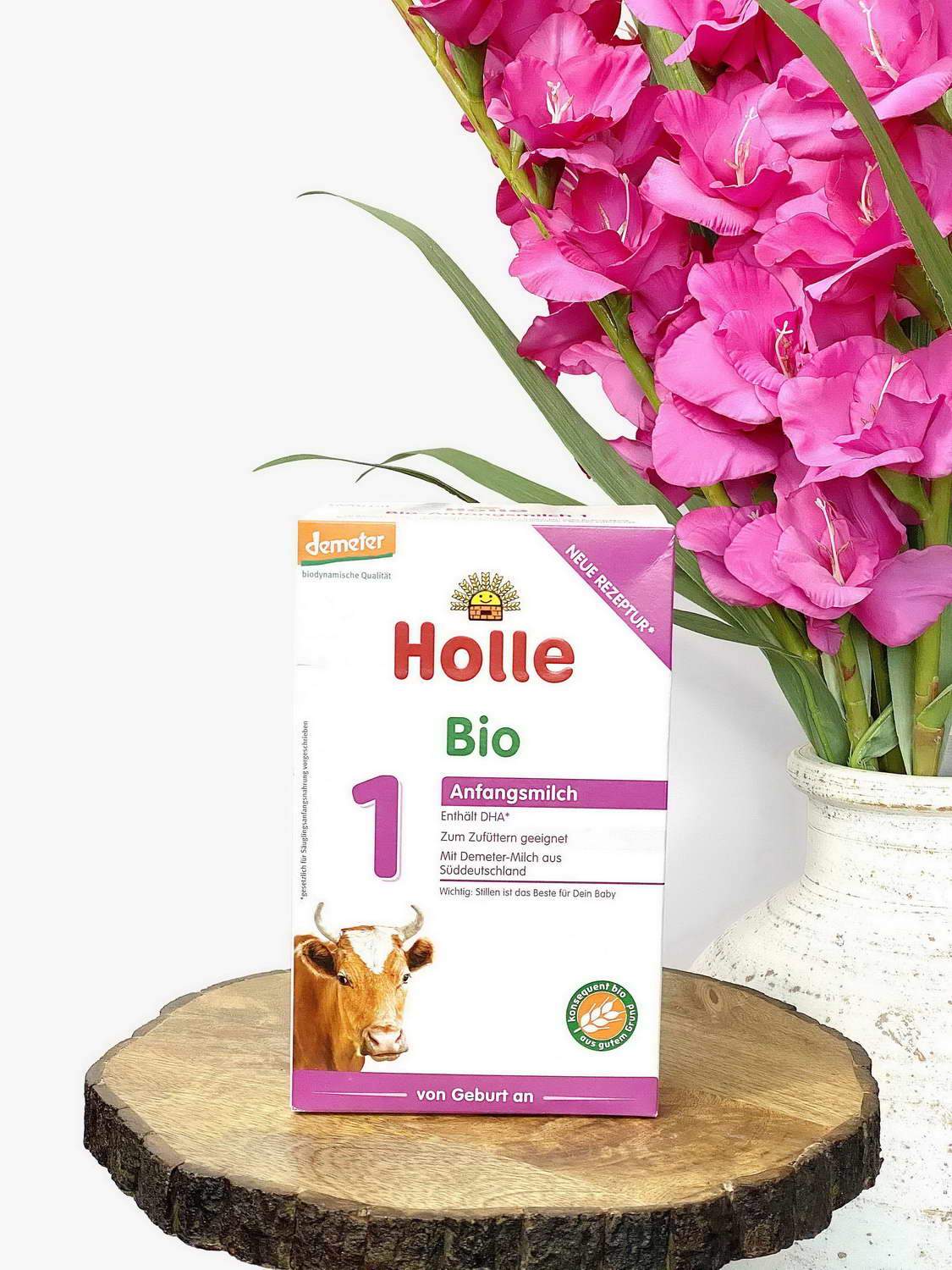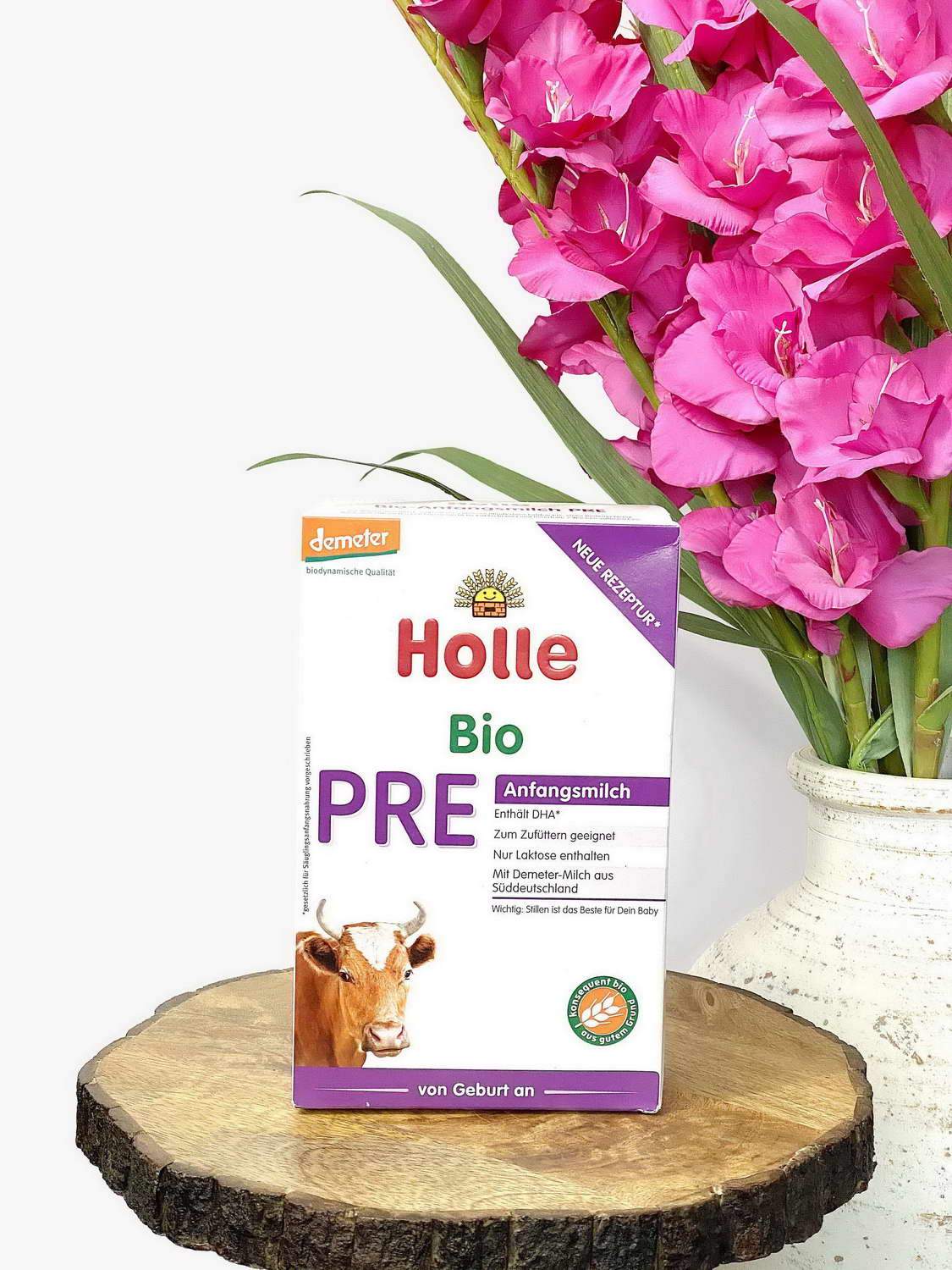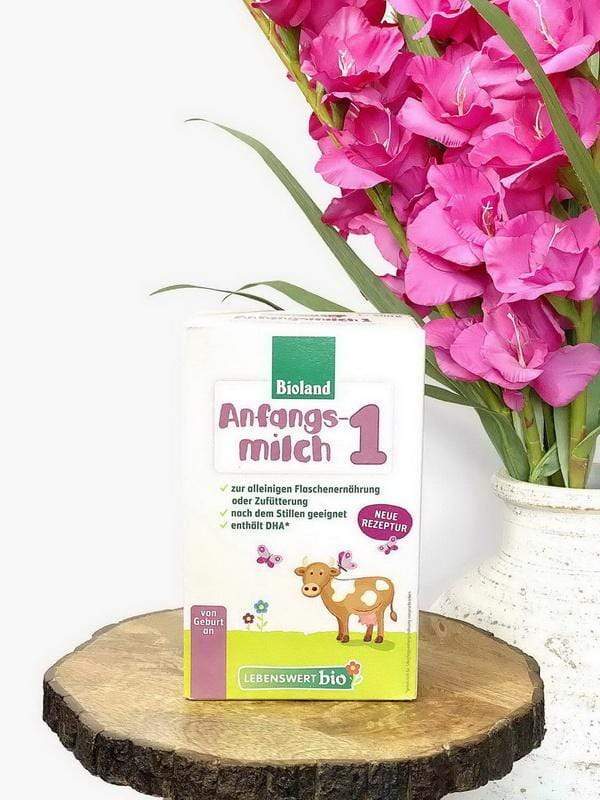We frequently get asked, can you microwave formula?
If you are a movie lover, you’ve likely seen a parent grabbing a baby bottle out of the microwave and popping it directly into a baby’s mouth. It must be okay, right?
What can come next is never a part of the plot, so here’s the reason you should never do it.
Benefits of Warming Baby Formula
Do you wonder why parents heat formula for babies?
Here is why some babies prefer warm milk:
- Cold liquids slow down digestion and take more energy to process it. We suggest newborns always receive warm milk for this reason.
- Warming up baby formula can help babies feel more comfortable, calm, and relaxed.
- Warm formula on the stomach may reduce upset stomach and abdominal pain.
- When you heat formula, it is more similar to breast milk because it is similar to a mom’s body temperature.
Is it Safe to Warm Baby Bottle in the Microwave?
Let’s be honest about microwaved milk. It is a confusing topic because the microwave was invented in 1946, and yet, pediatricians in the nineties were still supporting parents' heating formula in the microwave.
It was not until the American Academy of Pediatrics released data in 2018 advising parents to avoid it for safety reasons that consumers began to pay more attention.
Can you Microwave Baby Formula? NO! Here's Why:
1. It’s Not The Safest Way To Heat Formula
The one thing people say over and over is that heating food or drinks in a microwave can be convenient.
Sure, the microwave is a time-saver, but several babies have experienced burns - between six and seven percent of the body - after drinking microwaved baby formula.
Injuries ranged from mild skin burns to more severe burns that required skin grafts on the trachea, esophagus, and/or pharynx.
2. Plastic Releases Chemicals
While BPA in bottles have been banned since 2012, it is still common for plastic to release chemicals into the food and drinks Americans consume. Studies also suggest that BPA-free baby bottles still pose a significant health risk to babies when the plastic is heated.
Since research is still unfolding on this subject, it’s best to play it safe and avoid heating the plastic baby bottles in the microwave.
3. Heat Can Harm The Nutrients In Baby Formula
Did you know that heat can harm nutrients such as B1, vitamin C, and probiotics? By heating formula slowly, it warms the nutrients rather than losing them with extreme heat.
We know how important each of these nutrients are for our growing babies, so we definitely don’t want to chance losing nutrients to save time.
4. Microwaves Distribute Heat Unevenly
Microwaves distribute heat unevenly as the radiation changes the cooking process. Just think about something you microwaved recently. It was likely either partly hot and cold or overheated and too hot.
You might ask then, can I warm water in a microwave for baby formula? Just as with the baby formula, warming water in a bottle can lead to a variation in hot spots.
It’s better to simply use a tea kettle or water warmer that was designed to evenly warm the water.
5. Nipples Can Get Too Hot And Explode
We are often asked, is it safe to microwave baby bottles? You may not know this, but nipples get too hot and explode even after short cooking time.
If the nipple does not explode, once heated, it can burn a baby’s mouth. It’s best to avoid placing nipples in the microwave altogether
How do you Warm up Baby Formula?
There are a few methods that pediatricians highly recommend:
You can easily heat formula in a pan, placing the bottle under the water for one to two minutes until lukewarm, or use a baby bottle warmer designed to warm formula.
We highly recommend that parents still shake or stir the bottle to make sure the heat circulates consistently.
We also recommend performing a skin test to gauge the temperature is correct.
Need recommendations on formula? Searching for the best organic formula for your baby? Check out the selection at My Organic Company.
